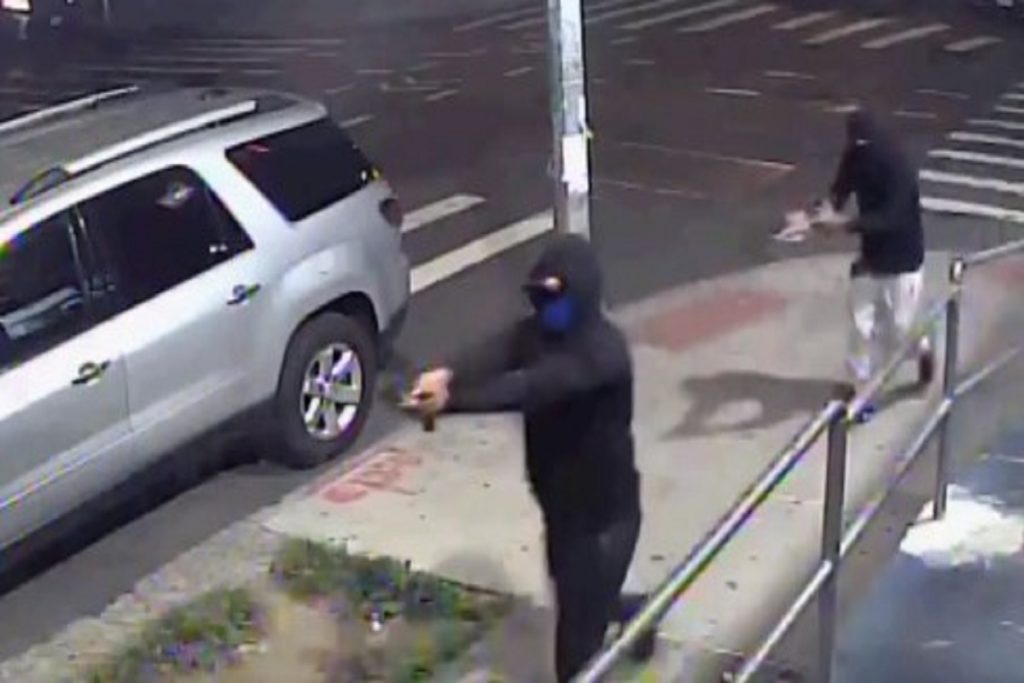The quantity and sensitivity of the reportedly found private, secret, and top-secret documents in the Mar-a-Lago search, according to administration sources familiar with the investigation, create significant national security concerns.
According to those authorities, law enforcement and security personnel must now try to trace the material’s chain of custody and see if any of the material was compromised.
The material would theoretically be very valuable to foreign rivals and even allies, according to officials, who admitted that these important questions need to be answered. Interviews with members of the Trump administration are expected, and police may even look at fingerprints to see if they can determine who had access.
According to the FBI search warrant and inventory, 11 sets of sensitive information, including confidential, secret, and top-secret papers, were found during the Mar-a-Lago search. There was also stuff that was classified as sensitive compartmented information (SCI). Based on a Director of National Intelligence (DNI) summary of security procedures, which ABC News has examined, this categorization of materials occasionally involves nuclear secrets and terrorist operations.
According to a (DNI) document examined for this research, the top-secret SCI documents are designated as national intelligence and contain information “concerning or generated from intelligence sources.” Allies, spies, eavesdroppers, or informants could provide this information.
Top-secret SCI should only be handled in places that have been designated as secure and under the strictest regulations. It is forbidden to use any electronic devices in these places, which are designed to be impenetrable to eavesdropping. Only a small group of people, such as a “need to know suitably cleared receiver,” are ever permitted to view SCI.
Why the worry? Officials in the United States are aware that hostile countries and other adversaries frequently undertake espionage and eavesdropping activities here in the United States and are after such sensitive documents.
According to Executive Order No. 13526, which was signed by then-President Barack Obama in 2009, the loss of confidential information would “damage” national security, the loss of secret documents would cause “serious damage,” and the compromise of top-secret material could result in “exceptionally grave damage to the national security.”
In the wake of the Mar-a-Lago raid, there are many important questions that need to be answered, including how crucial documents were kept at the White House and how so many boxes of such highly classified material were able to be taken in the first place. Other questions include who exactly was involved in the authorization to take the material and who took it, as well as how it was transported to Mar-a-Lago — by truck or by plane — and who had access to it during transport. Top-secret material may only be sent by expressly authorised government courier service and cannot be delivered over the U.S. mail. The location of the material, who had access to it, whether it was constantly monitored by security cameras, and the security standards are other crucial considerations.
According to the Presidential Records Act, as soon as a president leaves office, all presidential records are automatically transferred into the archivist’s legal care.
Follow us on Twitter





